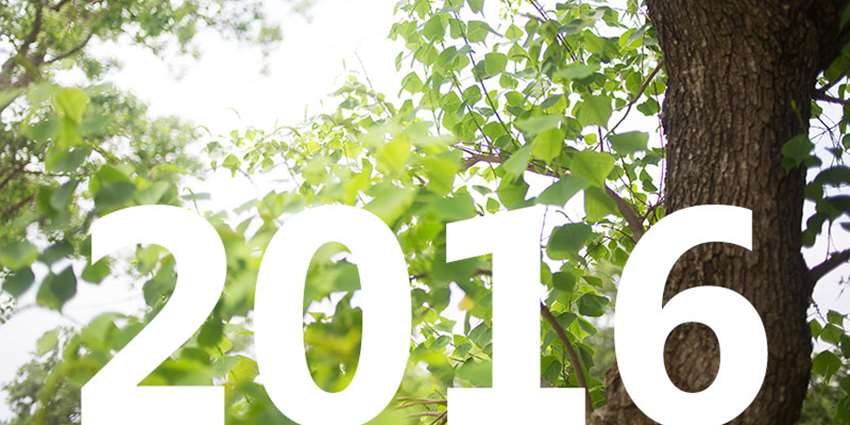As 2017 begins, the Texas A&M Institute of Renewable Natural Resources (IRNR) and the Texas Water Resources Institute (TWRI) look back on a year full of impactful research results, new funding opportunities, collaborative partnerships and key personnel additions. IRNR and TWRI provide water and natural resources research and outreach, and in 2016 the institutes continued to be strengthened by their unique relationship.
“IRNR and TWRI share support staff and services, such as geospatial and data analysis, communications and project account management,” said Dr. Roel Lopez, IRNR director.
“This partnership between the institutes allows us to frequently collaborate and efficiently support all of our projects,” said Dr. John C. Tracy, TWRI director. “With so many issues related to natural resources management being driven by water availability and water quality issues, this is a natural partnership that leads to more robust science to help address problems when they arise.”
In 2016, IRNR research covered everything from the link between well pads and invasive grasses in South Texas, to habitat studies for golden-cheeked warblers, to using camera traps taking millions of photographs to find a rare snake species in East Texas, and helping respond to the screwworm infestation of Florida Key deer.
“We’re also proud of our growing team of mussel researchers who surveyed populations throughout the state this year, providing important data that could potentially be used in the listing process and species conservation,” Lopez said.
“All of our research teams continue to use the best methods, personnel and technology available to provide objective research that is helping answer some of the most critical natural resources questions facing Texas and the nation.”
Some additional highlights from IRNR’s work in 2016:
- IRNR researchers survey bat populations in Texas, anticipating white-nose syndrome
- IRNR plays integral role in national conservation partnership
- Learn how to use the Texas Land Trends data tool
- Can you water your landscape less and still have thriving plants?
TWRI’s work in 2016 included its growing water team addressing water quality and conservation issues around the state. The institute also began multiple large collaborative projects, including the Urban Water Resiliency in a Climatic and Demographic Hot Spot project and a 4-year, $10 million projectfocused on the Ogallala Aquifer.
“Developing, supporting and coordinating interdisciplinary programs to address complicated, multifaceted water resources issues is the kind of work that TWRI is uniquely equipped for,” said Tracy. “In 2016 we continued supporting university-wide efforts focused on the food-energy-water nexus, and are working to develop efforts in water technology entrepreneurship and transboundary groundwater management in 2016.
“Our water team will also work to launch additional initiatives to address the emerging water issues that will face Texas and the nation in 2017 and beyond.”
txH2O magazine, TWRI’s flagship publication, featured water seed grant-funded TAMUS inventions and technologies and Texas’ weather extremes. Stakeholders in the Upper Llano River Watershed worked together with TWRI and other collaborators to publish the Upper Llano River Watershed Protection Planand gain its approval from the U.S. Environmental Protection Agency.
In 2016 TWRI also:
- Helped develop and construct a self-draining parking lot in Arroyo Colorado watershed
- Co-hosted a lecture on Israel’s water resilience
- Supported the bacterial source tracking research team’s work across Texas.


